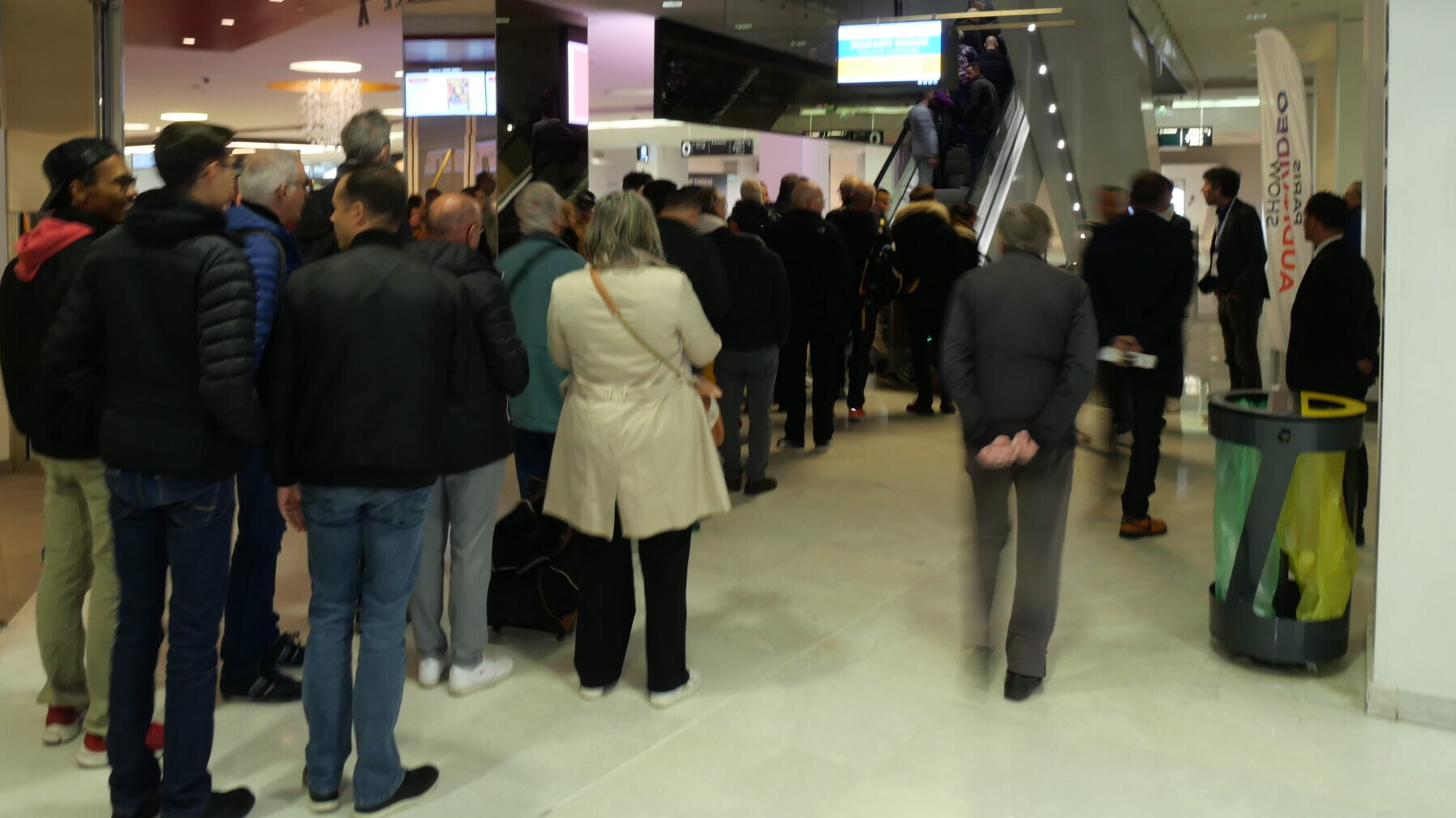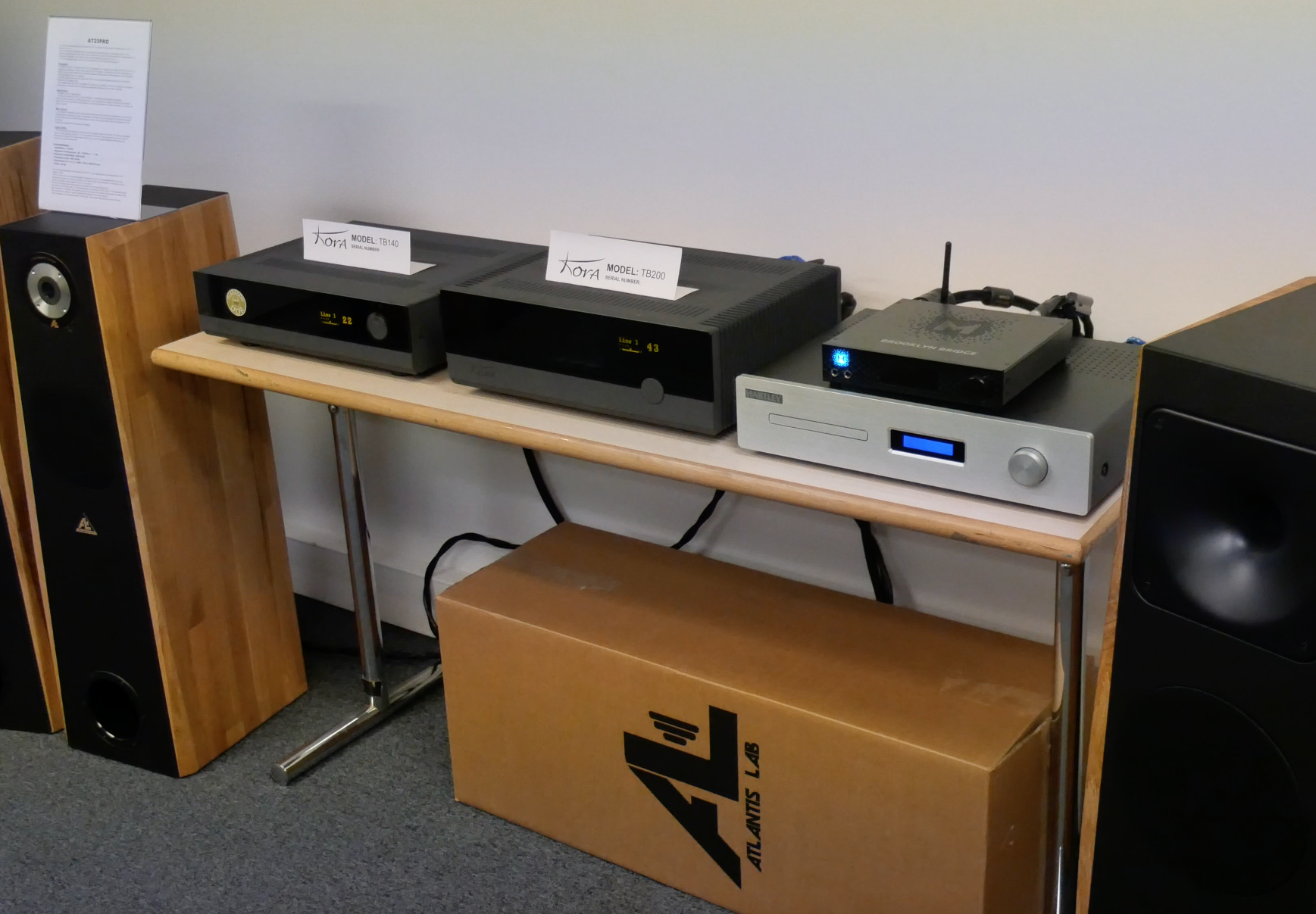“Blast From The Past” or “Back To the Future”?
By Roy Gregory

Shows are back, but like the rest of the audio world, they are also confronting existential questions. In many respects, the Paris Audio Show (November the 5th to 7th) was both a blast from the past and a reminder of where so many shows have been going wrong – at least in the UK and US.
Since the demise of CES Las Vegas in the US (at least, its demise as an audio as opposed to technology show) and the original Hi-Fi News show in the UK (not to be confused with the current, pale imitation), neither of these markets has enjoyed a genuine national event. Instead, we’ve seen a proliferation of small, regional shows – and that’s a problem, because the nature of those shows, as well as the platform they provide, is entirely different to the profile and status of a recognised national show. The sheer number of competing, regional events means that even major manufacturers or distributors don’t have the resources or bandwidth to attend them all. Instead, the default solution has been to rely on a local dealer to represent the brand. The trouble is, that dealer is almost certainly going to have multiple commitments, meaning that any one brand might get a unit or two into the demo system – which is a world away from a full-line presentation or presence. He (or she) will also be focussed on the show as a sales opportunity, a chance to engage with more customers and sell them more stuff.
That’s as problematic for end-users as it is for the brand managers. It robs customers of the chance to engage on a wider or higher level with a product line or company they might be interested in. There’s no opportunity to experience a range of products from the same line, discuss their various virtues with the people behind them, or delve deeper into the performance of a product you already own. In fact, it offers none of the things that used to make shows special as far as the public were concerned.

It’s also a situation that robs companies of the chance to show the product line as a whole, illuminating the key factors and logic that define it. At the same time, the need to provide financial support to the dealers who are attending the regional shows dilutes a manufacturer or distributor’s ability to do the job properly at least once a year, even if a suitable platform is available. Along with the loss of that platform goes the domestic and international B-to-B opportunities that are so important to companies operating in a dispersed and global markret. As one observer remarked of the US show scene, “We’ve got too many shows, they’re all the same show and none of them is the right show…” Instead of being a different or elevated experience, too many of these shows simply constitute a succession of sub-standard dealer demos, handicapped by the poor environment. The fact that they all occur in one place simply underlines their inadequacy.
The Paris Show made a welcome change. It may have been far from perfect: it has fewer exhibitors than it could, a function of the fact that there are three shows in Paris alone; sound quality was no better than most shows and actual demonstrations (rather than rooms simply playing music) were thin on the ground. But it nonetheless delivered a powerful example of what shows once were and why they used to be so much better than so many of them are now. Attendance was impressive, with long queues to get in on both Saturday and Sunday – despite almost all the visitors having bought tickets in advance. There were also plenty of couples. The vast majority of exhibitors were manufacturers or distributors, including major players like Sony, Yamaha and Samsung. The show also managed to successfully combine AV presentations, gaming, car-audio and headphones with traditional high-performance two-channel. And before any audio snobs turn up your noses at that, consider this: if high-end audio is going to survive, it needs to attract new customers – and fast. It’s far easier to convert someone who’s already got one foot in your camp than it is to start entirely from scratch. Streaming services like Quboz happily coexisted with a serious vinyl presence, compact wireless speakers with the massive Klipsch Jubilees – although in this latter case it’s a toss-up as to which sounded worse!

